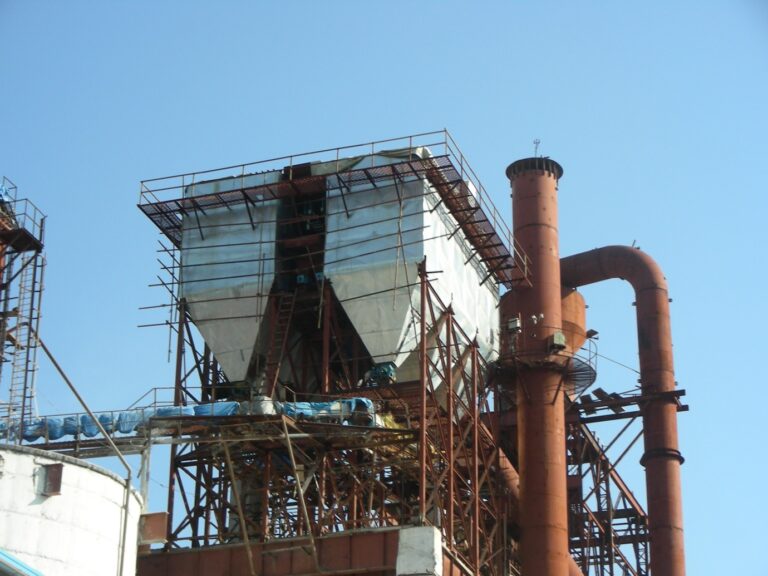Enhancing the value of GGBS
Introduction:
We at Clair received a proposal for an installationof a new, Ground Granulated Blast Furnace Slag (GGBS) project with capacity of 2 lakhs per annum GGBS at Visakhapatnam, Andhra Pradesh state, India. This was an opportunity where we had to work with a cement manufacturer.
Here, the working setup is also discussed in detail:
Data/ Table:
Table 1: Site Conditions
| Description | Value | |
| Altitude above MSL | Less than 1000 Mtrs. | |
| Ambient Temperature | 400C ( Max ) | |
| Relative Humidity | Approx. 90 to 95% RH | |
| Atmosphere | Corrosive Industrial Atmosphere Of GGBS Grinding Plant | |
Observations:
Clair took up the challenge and observed that for the dust emission control;there were two types of sources identified:
Picture:

Figure 1: The Flash Dryer setup by Clair during erection at the company’s Vizag Unit.